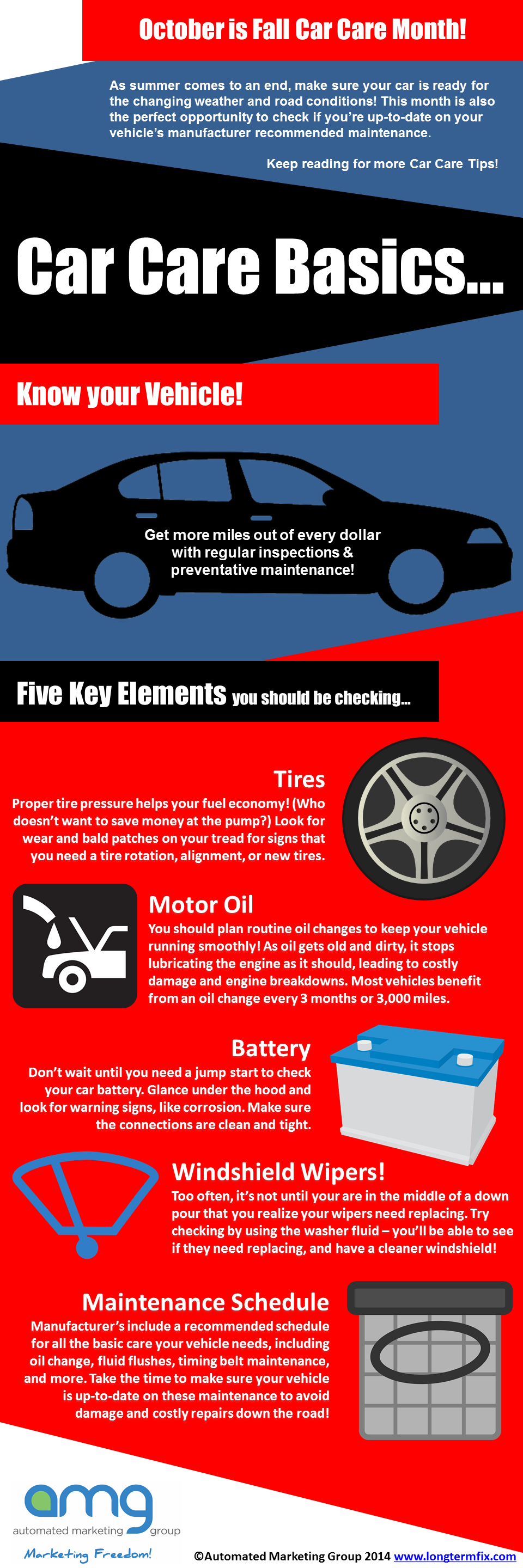An Introductory Overview To Decoding Your Vehicle'S Caution Indicators
An Introductory Overview To Decoding Your Vehicle'S Caution Indicators
Blog Article
Post Developed By-Ditlevsen Isaksen
When you're behind the wheel, those little warning lights on your car's control panel can be rather bewildering. What do emergency brake repair cost indicate, and should you be concerned? Understanding these signals is crucial for your automobile's wellness, yet it doesn't have to be an overwhelming task. By decoding the secret behind each light, you'll be equipped to manage possible issues effectively and maintain your cars and truck running efficiently. So, following time a caution light flashes, do not panic - arm yourself with understanding and take control of the scenario.
Relevance of Vehicle Warning Lights
Understanding the significance of your automobile's caution lights is vital for preserving your vehicle's health and safety. These lights act as your automobile's interaction system, signaling you to prospective problems that can threaten your security on the road or lead to costly repair work if neglected. By taking note of these cautions, you can attend to troubles early and protect against additional damage to your lorry.
Ignoring advising lights can cause significant repercussions, such as engine failing, brake breakdowns, and even mishaps. These lights are made to inform you of problems ranging from reduced tire pressure to engine breakdowns, providing you the possibility to take action before the circumstance intensifies. Regularly checking and understanding these warnings can save you time, money, and guarantee your security while driving.
Along with keeping you secure, reacting immediately to cautioning lights can additionally aid prolong the life expectancy of your vehicle. By attending to concerns beforehand, you can protect against tiny issues from intensifying into significant repairs, eventually saving you money and time over time. Bear in mind, your car's caution lights are there for a factor - do not neglect them!
Common Caution Lights and Meanings
When it comes to driving your auto, knowing common warning lights and their significances is vital for your security and vehicle upkeep. Below are a few common warning lights you might encounter:
1. ** Examine Engine Light **: This light indicates an issue with your engine. It could be something minor like a loose gas cap or something more major like engine misfiring.
2. ** Battery Light **: This light signals a problem with your automobile's charging system. It could suggest a malfunctioning battery, alternator, or other relevant elements.
3. ** Oil Stress Light **: When this light comes on, it indicates your engine might be running low on oil or experiencing low oil pressure, which can lead to engine damage otherwise attended to quickly.
4. ** Brake System Light **: This light shows a concern with your stopping system. It might suggest reduced brake liquid levels or an issue with the brake system that calls for immediate attention.
Understanding these common caution lights will certainly assist you determine potential issues beforehand and protect against even more substantial issues in the future.
How to React To Warning Lighting
In the event that a caution light illuminates on your automobile's control panel, it's important to respond without delay and suitably. When what is it worth comes on, the primary step is to consult your owner's manual to comprehend the particular issue shown by the light.
Some lights need prompt interest, while others might indicate a less immediate matter. If the caution light is red or flashing, it's typically a sign of a serious issue that requires immediate activity. In such situations, it's recommended to pull over safely, turn off the engine, and seek expert help.
For yellow or orange caution lights, while they might not need instant focus, it's still vital to resolve the hidden issue quickly to stop additional damage. Normal maintenance and examination can help stop cautioning lights from coming on unexpectedly.
Conclusion
To conclude, recognizing your car's caution lights is critical for maintaining your car's health and safety. By frequently inspecting and responding to these cautions, you can attend to potential concerns early and avoid pricey fixings or safety and security risks. Keep in mind to consult your proprietor's guidebook for information on different caution lights and always take immediate action for red or blinking lights. Remain proactive and keep your automobile running efficiently!
